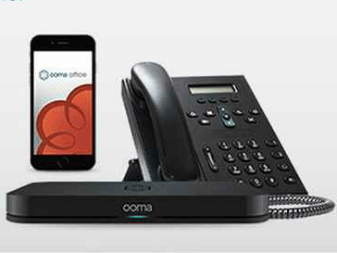VoIP Technology Guides & Info for 2024
VoIP is perhaps the most popular buzzword in the world of communications today. In little over a decade, as high-speed internet became increasingly affordable and highly accessible, traditional telephony has been replaced by internet-based transmission of communication signals. The devices and the brand names are several – which perhaps obscures the basic understanding of the technology and what VoIP really is. Whether you need to get a head-start on the topic, understand how it can be leveraged to cut costs or efficiently handle your business and residential communication needs – we at TheVoIPHub.com have provided you with the following guide to all things VoIP!
What is VoIP?
The word VoIP is an acronym derived from Voice over Internet Protocol. In simple terms, it is the technology (or group of technologies) which deliver voice communications and multimedia sessions (SMS, fax, voice-messaging) over the Internet. Provisioning of data packets over internet protocol (IP) services instead of traditional telephony requires good-quality Internet to ensure quality of communication. VoIP continues to focus on better failover strategies and reliability and is quickly becoming the telecommunication medium of choice.
History of VoIP
Traditionally, telephone services were merely communication signal packets transmitted and received as analog signals over a network of wires and connected devices. As electronic devices and circuits came into vogue, the analog signals gave way for digital signals. Essentially, a network of logic circuits and network switches transmitted encrypted signals and receivers decrypted and relayed the information. While this ensured faithful transmission, better clarity etc. the challenge of bandwidth and reliance on specialized hardware remained.
Enter broadband and high-speed internet! In 2004, the first of mass-market VoIP services were introduced. Historically referred to as the service used to connect private branch exchanges (PBX) using IP, VoIP soon grew into a fully self-sufficient communication over public IP services. With high-speed internet, compressing information while demanding less bandwidth became exceedingly feasible. Besides, unlike the complex network of switches in a PSTN (public switched telephone network), all you need are a cable modem, a router and a couple of Ethernet cables to connect them to internet-capable devices. Add to it, there are no hidden costs or investments for the subscribers beyond the internet surcharge they were already paying, making a watertight argument against the more expensive traditional telephone options. Traditional telephone communication isn’t dead yet – with certain niche reliability benefits. But VoIP is certainly the future with innovation and adoption trends continuing to grow.
How does VoIP work?
By now, you probably have a fair idea of what VoIP is and the basic principle. But beyond that, do the buzzwords make sense as a coherent technology? There may be several questions like:
- How to call gateways and signaling work?
- Why is VoIP susceptible to echo and signal delay?
- How many bits are there in conventional voice sample, analog signals or PCM?
In this section we go deep-diving into the functional specifications of VoIP. The process of VoIP involves the following:
An entry point for the audio signals which constitute your speech. This could be a computer or portable device microphone, ATA (analog telephone adapter) mouthpiece or a VoIP bluetooth phone adapter. This means, despite the blanket term VoIP there are three different ways to place a VoIP call:
- Computer to Computer (Softphone) – Using speakers, sound card, a free or cheap VoIP calling software and microphones, you can place calls over internet. A high quality internet service connection is preferred for good call fidelity. And no extra surcharge beyond the internet costs.
- ATA – Leveraging the analog to digital conversion, you can connect your existing standard telephone to a VoIP enabled computer or digital unit. Your analog speech signal is then bundled as digital data packets and transmitted over the internet. You may need some additional investment for ATA coupling units and specialized cables.
- IP Phones – While mimicking the look of a standard phone (replete with a cradle, a handset and standard controls) they swap the RJ-45 Ethernet connector instead of RJ-11 phone connectors to directly talk to the internet router. This affords them the software and hardware capability to directly place calls over IP or even connect to Wi-Fi hotspots to call the destination without needing additional investment beyond the specialized phone units.
The process of sending data packets. A decade ago in PSTN era, communication was ‘full duplex mode’ meaning you had dedicated channels to transmit and receive packets of 8-bit (1 byte) words. These ‘octets’ were essentially encoded voltage samples representing real words. The encoding was done using PCM (Pulse code modulation) – a digital sampling of analog signals at regular intervals. With VoIP, the trans-reception remains the same, but the similarities stop there. Now as soon as the number (7/12 number sequence) is dialed, a circuit for that route is set up and retained for the duration of connectivity. These sort of ‘virtual circuits’ allow transmission of data packets, basically the audio signals of your conversation encrypted this way. Most of these data packets (or frames) are assigned a unique identifier (or a header) and the payload includes the origin address, the destination address and a sequence. The sequence is also used to ensure that the message priority queue, message fidelity, controls and error detection is faithfully maintained.
Circuit Switching vs Packet Switching – Traditionally, circuit switching was meant for voice calls. The calls, as mentioned above were sent over dedicated circuits established in compressed form and received, decompressed and rendered. Packet switching was reserved for data packets e.g. e-mails you send left as a series of packets using networks which shipped data in groups of 1,000 to 1,500 byte sizes. Each packet then targets its destination by the optimum possible route – one which might be taken by no other packets in the message or by all of them. Besides allowing for efficient load balancing across various pieces of equipment at every given millisecond, it also allows better failover options in case some equipment fails by using an alternate routing.
VoIP, hence is merely a smart re-invention of an existing technology by converging the digital circuit switching of audio signals with audio/video data transmission of packet switching. On the flip side, a congested bandwidth, a delay while re-routing a packet or difference in timing of packets reaching their destination makes VoIP susceptible to echos and possible latency issues. A full Business VoIP service unit looks typically would look like:
Why make the switch to VoIP?
So technology is evolving. It requires less bandwidth. It appears to be cheaper. And every other business around you is switching to VoIP. But as someone who has personal or professional telephony needs, why does jumping on the VoIP bandwagon make sense? Let’s explore some of the reasons beyond the obvious:
Full service suite
– VoIP, unlike a traditional telephone unit isn’t merely about voice communications. It’s a rich feature set which comprises of voice, SMS, fax etc. In addition, you bring your business telephone to the modern era with a host of customization options like blacklisting telemarketing calls or groups, voicemail configurations like emailing, translating and transcribing messages, backup phones, call routers, virtual assistant, custom ringtones, advanced call reporting and multiple conference calling options. With the cloud services you add even more muscle to your business or personal communication with sturdy back-up, recovery and logs. Your outward phone appearance may not change (unless it gets better than before), but behind the scenes you build a solid network of calling options.
Freedom from hardware clutter
– Counter-intuitive as it may seem, upgrading to a new technology like VoIP actually means freedom from several other proprietary hardware requirements for traditional telephone options like POTS (plain old telephone service) or enterprise PBX solutions. Hosted virtual PBX solutions take the on-site clutter out of your business or residential space. Most modern VoIP services integrate the internet and telephone services together and your only hardware investment is limited to the IP phones. Instead of elaborate phone wiring, you manage all your custom routing with a simple web-based user interface. Add digital faxing to the list of goodies and you’re reaping twin benefits of not having to maintain outdated fax machines and limiting paper waste.
Mobility
– Moving can be a logistics nightmare when you have elaborate communication needs. With VoIP it is simplified to merely acquiring a new internet service provider at your new zip code and porting your existing numbers over. A small porting fee or even spending on a fresh registration is infinitely more affordable and painless than moving your entire hardware and cable set up. For business telephones it’s particularly more helpful since you can expand to new locations, satellite offices or even international/ offshore locations with minimally invasive add-on features to your network. Oh! and there are smartphone apps for all major platforms (iOS, Android, Blackberry) to further boost your ‘mobility’ in the era of portable devices and free Wi-Fi options.
Consolidated information
– Whether you have multiple family members with different usage needs or a startup business trying to track your telephone bills, VoIP provides a one-stop interface and a dashboard to easily consolidate all the information. You can find out everything from minutes used, internet surcharges, account activity or even set up separate usage cap on business and personal use with simple tweaks from the admin panel.
Flexibility
– Perks of evolving technology is that VoIP is a seamless fit with most other enterprise software features. You can leverage data mapping, storage, failover/ recovery or financial estimation software solutions with your calling data and manage it to match your needs in a cinch. From customer service software (HUD feature set) to Salesforce or similar sales solutions, your inet telephone can couple without a snag. Automatic software provisioning allows for painless upgrades, no costs incurred for specialized technicians and uninterrupted customer service. Win-win!
Cost-effective
– The silver bullet! VoIP saves cost over traditional telephone units on several counts. As we’ve mentioned before, the hardware and set-up costs are next to none. Your existing Ethernet cables, internet router and the modem would do the job. A small fee to get a cloud storage for your business telephony needs is almost always cheaper than spending on an on-site PBX unit and rent for more space. Calling to US and Canada is free for most major services and international calling plans are remarkably inexpensive. You may even procure extra virtual numbers so family and friends located out of town, can dial a local number to reach the VoIP user affordably. And since this is internet bandwidth, you only pay for what you use, without having to buffer your estimate. Partial implementation options further skew the cost-benefit ratio in your favor as you may run a trial solution to a part of your business or residential needs and commit to higher operational costs only if necessary. Consumer reports from the telecommunication industry (2015) reported an average saving of $53, per VoIP account, per month over traditional phones.
What is a PBX?
Private Branch Exchange or PBX is the network of communication devices like telephone sets, adapters, routers, hubs and switches. Companies use it for internal communications, as well as vendors to manage call traffic, provide call management features, administer incoming and outgoing calls and more. By riding the internet protocols (IP PBX) or local area networks (LAN), the PBX devices can allow a myriad communication options via ISDN and VoIP. Most PBX units use plain old telephone system with analog signals for internal voice messages. However the wealth of features, ability to scale with complexity of requirements and greater flexibility than proprietary systems lend them a distinct edge over traditional telephone networks.
A typical PBX set up (shown above) consists of:
- Multiple telephone lines connected to the PBX.
- Computerized device with digital data management capabilities and memory, to switch, determine priority queue and manage call traffic (both inbound and outbound).
- Optional switchboard interface for a human operator – especially helpful in cases requiring manual console overrides or disaster recovery.
- Network of internal lines.
Enterprise vendors may host PBX units in-house or opt for hosted cloud options for a monthly fee depending on the operational and hardware requirements. At other times, smaller companies may rent a certain count of lines from a larger pool hosted in a centralized vendor company location. Lucent, Mitel, NORTEL, Fujitsu and Hitachi are among the premier brands manufacturing PBX units for corporations.
The major benefits of PBX, especially with IP-PBX and VoIP are:
Interconnecting distributed teams – Empowering the VoIP options using a software or application based connection can help mobile employees, satellite teams and distributed network connect to a single point PBX. The customers would only recognize the central number as the exchange manages the call routing, masking, back-up numbers or virtual assistant features behind the scene.
Call switching and extensions – Splitting a single phone line with several 3/4 digit extension numbers or codes, allows leveraging a single contact phone to multiple departments with dedicated departmental extensions without paying for separate lines. Smart switching and routing takes care of the operational load balancing.
Interactive call management – From voice responses to virtual assistants. From real-time multi-lingual support, to call queue management. Automated voicemail recording, to custom ringtones. There are several advantages to allowing PBX based call management for a professional business use. On a personal front, you may use it to allow multiple residents of a household have their custom messages, voicemails or extensions off the home phone.
Free calls within an unit – a residence, a small office or an organization saves a lot of cost. Ditto for the nifty conferencing, call transfers and VoIP suite features.
What is SIP?
SIP trunking is often used in VoIP communication channels for making video calls, voice calls over IP phones or even instant messaging. In terms of technology and functionality they are slightly different, though both leverage the power of the internet to communicate information.
Understanding Protocol
Note the last part of VoIP – Internet Protocol. A protocol is a scheme of well-defined digital rules between phones, computers or other digital devices to exchange messages. Developers establish a set of rules – namely: semantics, syntax and ways to synchronize the communicated data within the channel. These rules need to be standardized and agreed upon between both endpoints or connected devices. Needless to say, the such rules continue to evolve in order to engage the rapidly expanding, novel array of digital devices in the industry coming from a variety of vendors.
Session Initiation Protocol (SIP)
SIP is a protocol used for multimedia communication. Developed by Internet Engineering Task Force (IETF), a body which works for standardizing internet communication under the jurisdiction of US federal govt., SIP is used to govern the rules of multimedia sessions. Sessions creation tasks involve creation, modification, termination and ancillary call elements for one or more media streaming sessions. Being a protocol which defines the application behavior, it has depends minimally on the underlying transporting layer. For example, it uses elements of the text-based protocol like Hypertext Transfer Protocol (HTTP) and the Simple Mail Transfer Protocol (SMTP).
VoIP vs SIP
Let’s burst the bubble first up. There is nothing called SIP vs VoIP. SIP merely offers another way of leveraging a protocol-based communication which is more cost-effective and efficient in carrying multimedia messages. Technically speaking, it’s just another way VoIP may be implemented.
Typically, VoIP is implemented with a vendor/ VoIP provider hosting and operating the PBX unit to manage all call related applications, voice-mails etc. The customer’s IP phone merely has to connect to the internet and eventually to the software and servers of the vendor to access the full feature set.
In case of SIP Trunk Calling, the role of PBX remains the same – that is call management, voicemail, auto attendants and ancillary services. The SIP trunks provide the connection between the PBX and the public telephone network, replacing the need for legacy interfacing units or telephone lines. Thus, SIP trunking helps transmit unified communications and telephone signals to customers with SIP-enabled PBX or IP Phones. As a customer you can select your IP Phone or IP-PBX digital device of choice, pick your software and attain freedom from inflexible legacy phones and their carriers. As a parting note – SIP is potentially one of the strongest contenders for being the protocol of choice for multimedia VoIP transmission of future. That being said, it’s a highly competitive space and there are other peer-to-peer (P2P) protocols and proprietary technologies like Skype and Whatsapp which are clamoring for their share of the pie.
What do you need for SIP trunking?
It’s a simple list:
- SIP account – usually offered by the vendor; also available from several online free options. Registering for a paid one is a good idea if you are going to use it for confidential personal or business communication. Since the internet is an open pool of data, real-time data transport protocols like SIP may require encrypting with transport layer security (TLS).
- SIP client – the magic pill which turns your portable or internet-enabled device into one capable of SIP calling. There are several softphone options available, including free ones, trial versions of enterprise software and those supplied by leading VoIP vendors. Configuration instruction accompany all of them. Installation and activation of most of them (QuteCom, Blink, X-Lite) is a cinch.
- Internet connection with enough bandwidth to transfer multimedia messages over it. Oh! and you also need destination devices with SIP capabilities too, if you want the voice/ video calls or the IMs to be free. If you don’t care (why? isn’t that the whole point?) there would be service charges for the VoIP decrypting and reception protocol services.
That’s it. Now simply connect your headset, microphone, video camera etc. with the internet enabled device and you should be ready to take a SIP!
What is a VoIP phone?
A VoIP phone is a device with capabilities of placing a call via digital signals over the internet instead of traditional circuitry of analog signals and switches of a PSTN. A digital audio compression technique may use one of the several proprietary communication protocols (SIP, SCCP) to identify the compression codes and transmit them over the web akin to data packets. VoIP phones can be broadly classified into:
- Softphones – A custom designed software program to place telephone calls over the Internet with a general purpose computer instead of any dedicated hardware device. Nowadays they are available as smartphone apps or installation software for portable computers or workstations. While you don’t require an actual telephone set, you do still require ancillary hardware like bluetooth headset, regular microphone or headsets, sound card and USB attachments. Reliance on the IP support of the host operating system however, does make them slightly unreliable in terms of latency and call quality for business critical applications. Regardless the popularity of Google Voice, Whatsapp, Skype and similar softphone options continue to soar.
- Hardware IP phones – These are phones capable of calling over the internet. These may either be analog devices upgrated with an ATA or dedicated VoIP phones capable of harnessing PoE (power over ethernet) features. RJ.45 connectors (a close relative of the RJ.11 ones used for analog phones) hook these devices up with the internet service. These are peerless for their ability to scale and provide robust failover support. Alcatel, Cisco and Siemens are some of the biggest players for making communication switches and standardizing the communication and domain registration protocols
Some VoIP phones can also transfer pictures and videos with connection ability to a camera device, tapping into the full range of possibilities as an internet protocol friendly phone.
Faxing Over VoIP
Faxing has traditionally relied on sounds transmitted over legacy phone circuits. The analog circuits would convert the data into sound, transmit them to a designated machine identified by the number and the receiving machine would convert the sound back into data. The assumption here, obviously, is a steady connection allowing for uninterrupted data transmission. Any interruption would typically shut down transmission as well.
Unfortunately VoIP data transmission does not work in the same manner and all internet connections produce many micro-interruptions and thus faxing wasn’t reliable for most of the first decade that VoIP was widely available.
However, as with most technologies, VoIP has advanced to the point where most faxing over VoIP is very reliable and in some cases comparable to faxing with landlines. For further information on faxing we suggest you read our guide to faxing over VoIP.
Our Technical VoIP Guides
Bridging the Digital Divide: Supporting Poor & Rural Communities as Internet Speeds Ramp Up
American internet usage has been tracked since early 2000 and in the 20 years since then, usage has gone from around five in ten to nine in ten Americans today. Internet usage however, isn’t indicative of the quality or speed of the internet available and as we demand...
Important VoIP Headset Features to Consider
If you’re thinking about implementing VoIP solutions into your company, or you already have, you’ll want to consider the main features to lookout for when finding the best headsets. There are a range of characteristics involving VoIP headsets, however, you’ll want to...
VoIP vs VoLTE: What are the Differences?
Are you wondering what the differences between VoIP and VoLTE are? If so, you’re in the right place as we’re about to take you through the rundown of what these services are and how their features differ from one another. VoIP is Voice Over Internet Protocol and...
How BYOD Encourages VoIP Migration
An increase in BYOD has lead to more businesses integrating unified communications with VoIP systems. BYOD stands for bring your own device and is something that companies are starting to let their employees do on a more regular basis. For the most part, this can...
VoIP Security Threats & Prevention Methods
VoIP communications and UCASS / CPASS have increased in popularity among businesses over the years and are continuing to grow. It can help your communications to run smoother, while also minimizing the costs. However, there are some security issues that you should be...
All About SIP Protocol Calling & Trunking
SIP stands for Session Initiated Protocol and it has been around for decades. It started out as a way for developers to have a system that keeps people connected over the internet. To learn more about SIP trunking and calling, how it’s related to VoIP, how secure...
How UCASS & CPASS Are Transforming the Way We Communicate
The role of UCAAS and CPAAS are having a larger effect on the way that businesses communicate. These advancements in technology are on the rise and it’s leading to an increasing number of businesses, both large and small, integrating cloud-based communication services...
Mobility & VoIP: Integrating Business VoIP
Over time, traditional business phone systems have been gradually ushered out while VoIP based systems have replaced them. These days, it's not uncommon for a business to use VoIP for their primary means of communication. However, there are still people who haven't...
Internet Telephone Service: What Are Internet Phone Calls?
What is Internet Telephone Service? There is a common misconception about the difference between Internet phone service and VoIP but we're here to help clear this up for you as it's actually quite simple. In the oft questioned comparison of Internet phone service vs....
VoIP Savings: How Much Money Can You Save With VoIP?
Voice over Internet Protocol (VoIP) can stake genuine claims to being an alternative to traditional telephone systems today. High internet speeds available make internet telephony (internet phone service) an inexpensive, technically mature option, helping subscribers...
What Is VoIP? [Definition of VoIP And How It Works]
VoIP stands for Voice-over-Internet Protocol. It is an alternative solution for calling someone using a traditional analog phone service. Instead, it works by converting the voice into digital signals which are then passed on through the internet's high speed network....
VoIP Free Calling [7 Ways to Make VoIP Calls for Free]
Bills. We hate them, but when it comes to utilities like our phones, we're forced to pay them. But, if you're shrewd, then you can take advantage of the seven free calling systems below, ditch your phone bill, and save lots of cash every month! Free All-Around Calling...
What Is A VoIP Phone And How Does It Work?
The internet is an amazing technology. Using it, we can view text, images, and video from people around the world and sometimes, even in real time. In addition, the IP networks that makes up the internet can be used to transmit phone calls. This is what is known as...

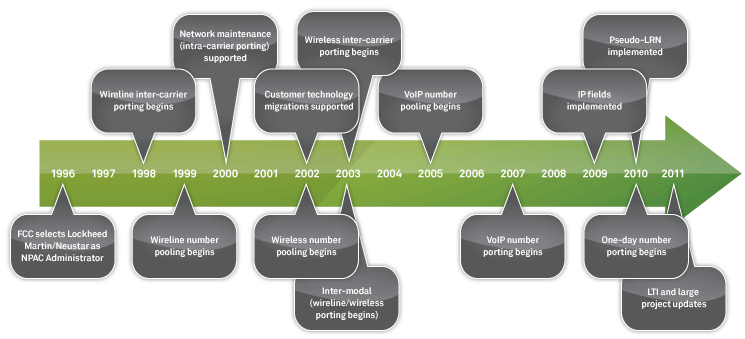
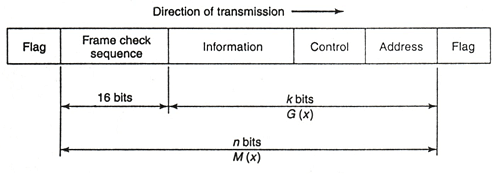
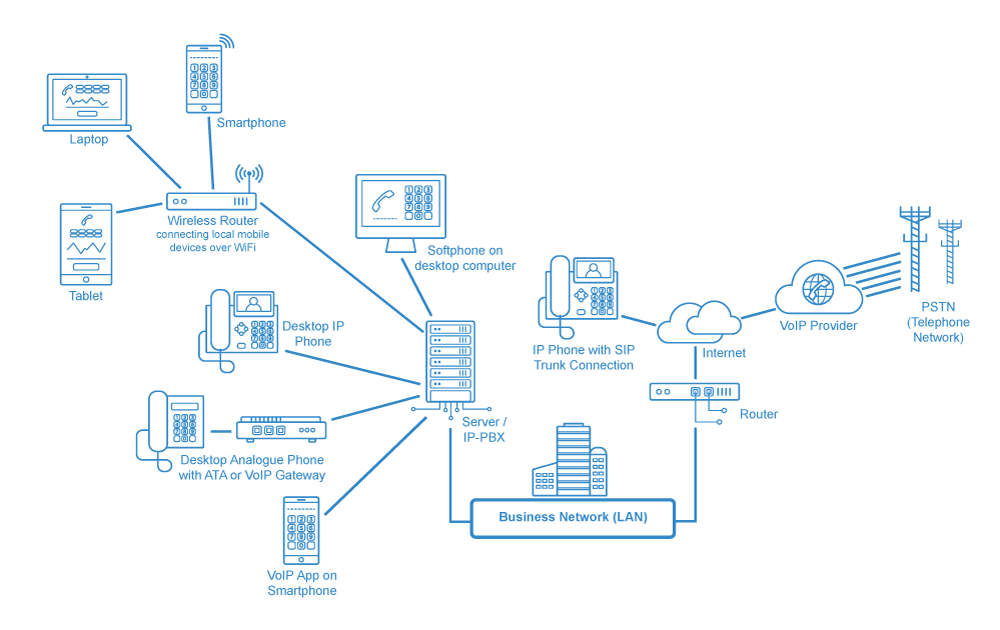
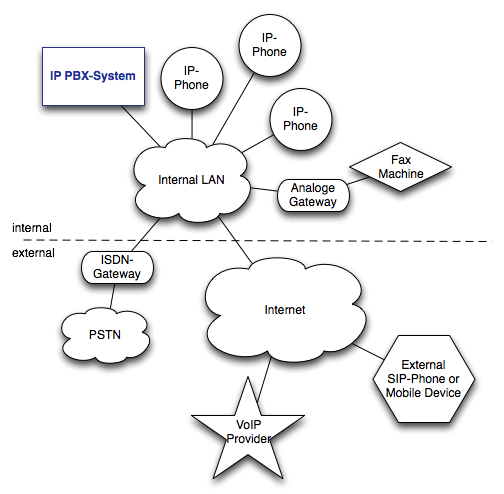
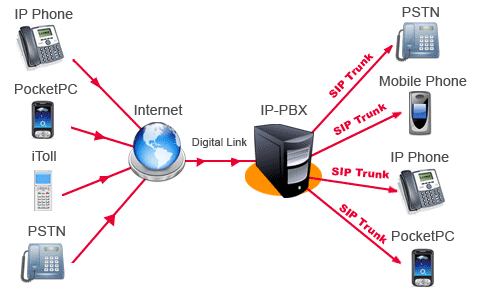
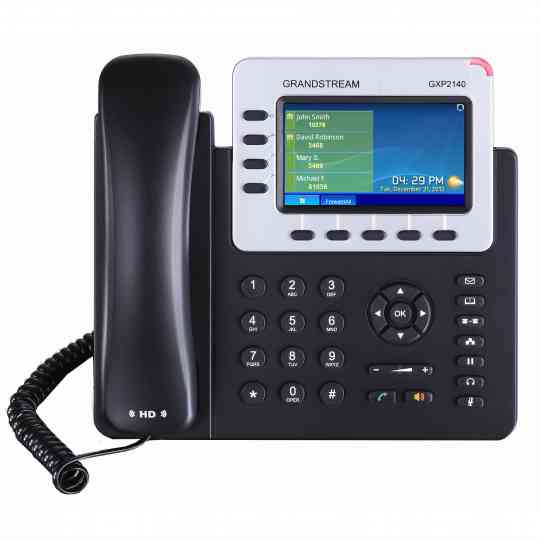

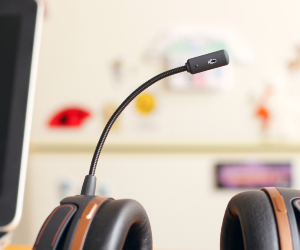
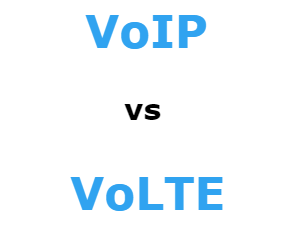
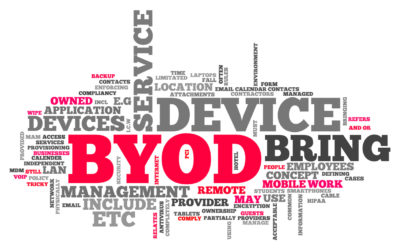



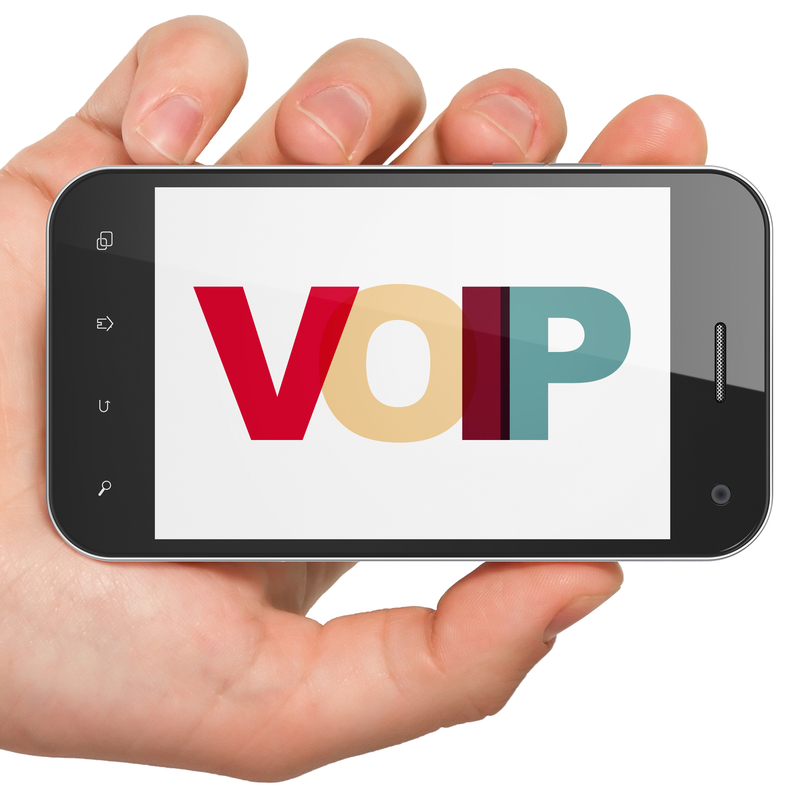


![What Is VoIP? [Definition of VoIP And How It Works]](https://www.thevoiphub.com/wp-content/uploads/2015/01/bigstock-VOIP-Wordcloud-Concept-50797073-300x200.jpg)
![VoIP Free Calling [7 Ways to Make VoIP Calls for Free]](https://www.thevoiphub.com/wp-content/uploads/2018/12/Free-VoIP-Calling.jpg)
